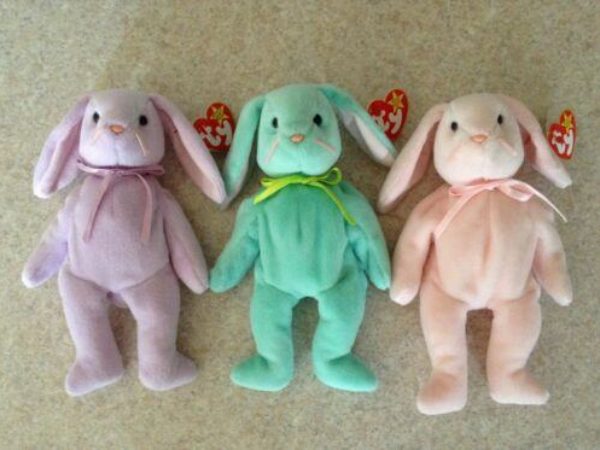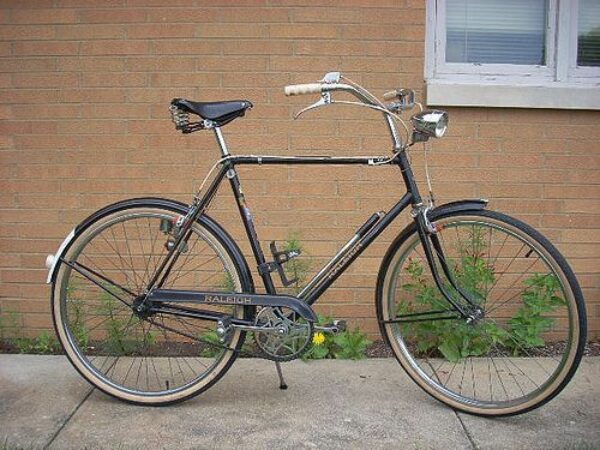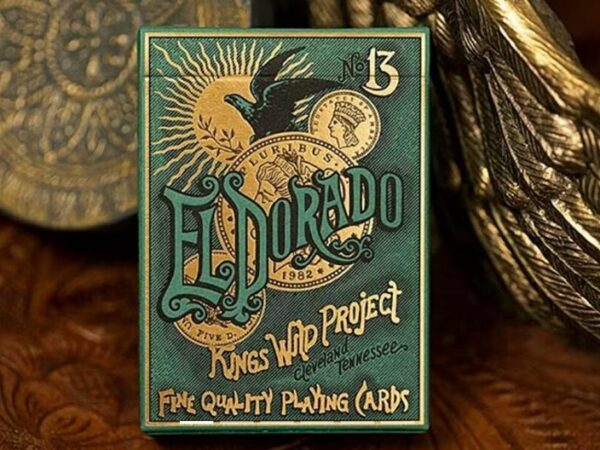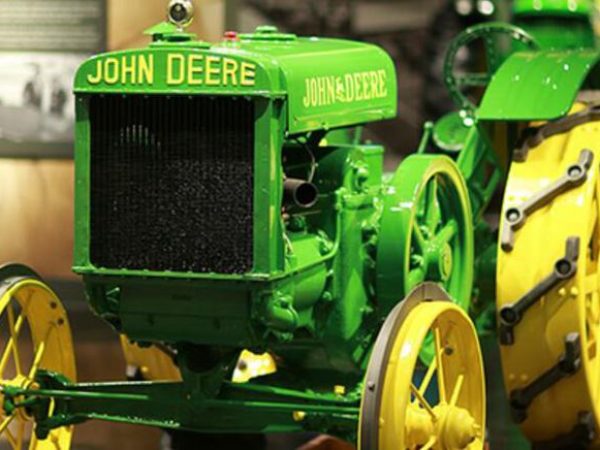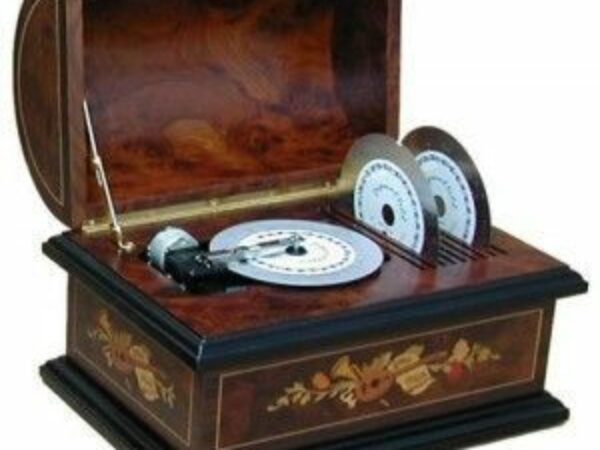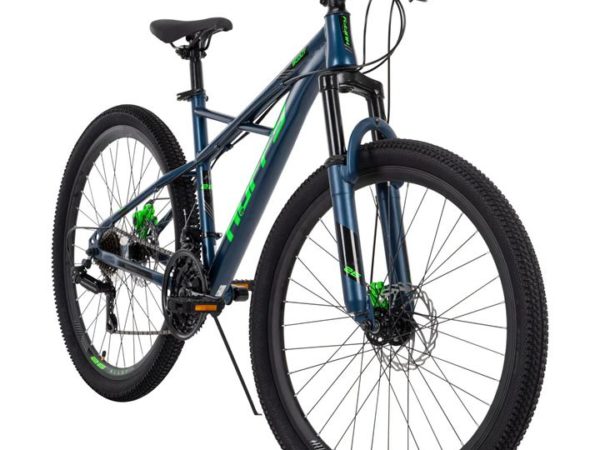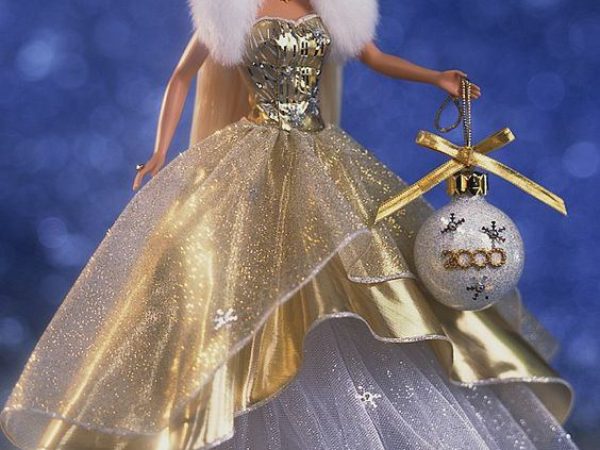Back in the day, skateboarders kicked off one of the largest cultural movements of skateboarding in the country. The sport was loved and cherished in the whole US. Thousands of skateboards were crafted by talented skateboarders at personal and commercial levels.
Fast forward to today, many collectors look out to collecting these skateboards for their sentimental value.
For a vintage skateboard collector, that simple wooden plank on wheels is a reminder of the good old days when pastimes were surfing and doing halfpipe sessions with friends.
One can not place a price for this type of nostalgic feeling. Right? However, if you trade in these collectibles, there’s always a price attached to them! But before dipping our minds into a vintage skateboard price guide, let’s look at the enriched history of skateboards.
Table of Contents
The History of Vintage Skateboards
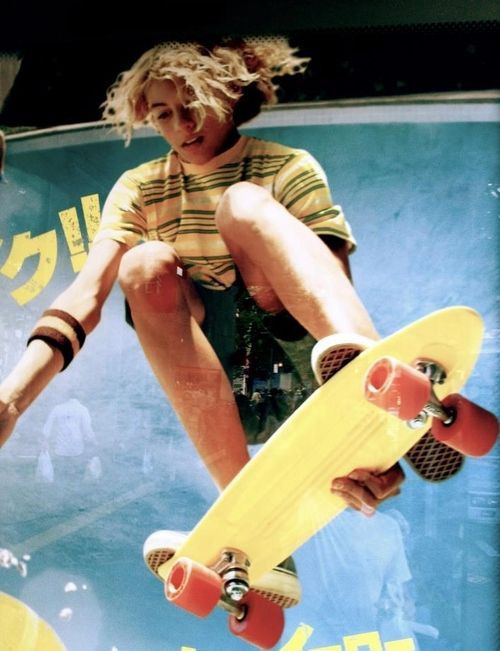
The craze for skateboarding spread like wildfire in the 1960s. However, the origin of the sport came from the invention of the three-wheeled scooter in the 1920s. Later it evolved into the skeeter in the 1940s.
However, the first-ever skateboard came into being in the 1950s when artistic surfers tried their hands at making homemade boards.
Till now, mass-manufacturing skateboards were not a thing, but then came the Roller Derby skateboards in the 1960s and the polyurethane-wheeled Hobie in the 70s. These were popular and mass-produced boards of the era. Here’s how the sport evolved.
The 1920s Scooter Skates
In the 1920s, three-wheelers were created for cross-country skiing enthusiasts to enjoy the sport to the fullest in the summertime. The device featured a fully metal body with three steel wheels on the base, two poles, and two adjustable clamps for holding the rider’s feet.
After removing the handle, it was possible to ride it like a skateboard, which is why we say the idea of skateboarding originated from here.
The 1940s Skeeter
In the 1940s, scooter skates evolved into something called a skeeter that resembled more to today’s skateboards. It had a fully aluminum body with wheels of the same material, steering axles, and a removable pole. The steering axles, or trucks, were spot-on. It was overall a great invention that allowed the riders to pilot their boards instead of going in the same direction.
The 1950s and The 1960s Roller Derby
Late in the 1950s, the surfing movement boomed and led to the invention of the first-ever homemade skateboards. The idea was new, and only some enthusiasts who wanted to surf on land too implemented it.
The first-ever handmade skateboard was basically just a wooden board or cardboard from a milk box and clay wheels attached to the bottom of it.
We don’t know if it was a great experience for surfers as the clay wheels would not grip the sidewalks easily. However, despite being dangerous, enthusiasts even went barefoot to get that natural surfing feel while skateboarding.
Later, when skateboarding went mainstream in the 1960s, the first-ever commercially manufactured model, Roller Derby, appeared on the market. It was a wooden plank with roller skate trucks and dual steel wheels featured.
Although the manufacturer of Roller Derby started by making skateboard accessories, the sales only skyrocketed for fully assembled skateboards. It was a clear indication to make more boards, and soon, Southern California became the center of skateboarding.
Unsurprisingly, many companies in the US tried their fortune in this sport and started manufacturing skateboards. Their efforts were to make as unique boards as possible. Moreover, they would write their names on them and secure them from stealing or copyright in today’s terms.
Furthermore, companies started putting unique logos on their board’s deck, which became a standard. For instance, Genuine Skateboard of Canada emblemed maple leaf graphic as their brand identification, Bauer used a bold white arrow, and Sokol Surf directly emblemed burning letters into their wooden boards.
The 1970s Cadillac Wheels
By the end of the late 60s, the sport lost popularity due to health and safety issues, as the skateboards of that time offered poor traction and steering.
Then, in the 70s, Surfer Frank Nasworthy introduced high-performance roller-skating polyurethane wheels to his Hobie skateboard, which countered most of the pain points. He continued manufacturing these wheels, and in 1973, he successfully marketed them under Cadillac Wheels.
Moreover, other manufacturers also evolved and introduced trucks and ball bearings specially designed for skateboards. These advancements ensured the safety of the surfers and helped the sport regain popularity, and skateboarding was once again peaking throughout the 70s.
The newly upgraded trucks were easy to manipulate, which allowed wider deck use and gave an edge to riders developing their skills. The developing skills of riders aroused various competitions, and skateparks became a thing to cater for these competitions.
The next phase was changing the sport from freestyle and downhill racing to vert skating. This transformation helped riders spread into various genres of skateboarding and made the way to street skating in the 90s.
In these decades, some popular brands like Santa Cruz, Z-Flex, Hosoi, and Powell-Peralta contributed to the industry with some fine-looking boards. Want to know about these brands in more detail? Read along!
From the 1980s and So On
In the 1980s, the sport of skateboarding witnessed another fall in popularity as BMX biking became the new trend. Skateboarding manufacturers were going through lows. Some discontinued the manufacturing of boards, while others like Powell-Peralta, Santa Cruz, and Vision-Sims kept their spirits high, didn’t give up, and kept producing.
Skateboarding again caught back in popularity in the late 90s, and this time enthusiasts were more into longboarding and downhill skateboarding. By this time, many manufacturers had already populated the sport. Some prominent ones were Alien Workshop, Birdhouse, and Black Label. They are still in business.
Old School vs. New School Skateboard
Undoubtedly, new school skateboards feature dramatic upgrades for control, making them safer for surfing and more! However, for many skateboarders, old-school boards are more creative and sick in style.
Apart from that, if you wonder which one has the upper hand in terms of performance, here’s an opinionated video of Jonny Giger comparing the two skateboards.
Features Of Highly Valuable Vintage Skateboards
Due to their fascinating history, vintage skateboards can be highly valuable. However, getting to know the right prices is easier said than done. It takes a little time and requires observation. In a nutshell, rareness, age, artist, provenance, and the company of the skateboard are the ones that determine the value.
Craftsmanship And Materials
Back then, wooden models or early plastic boards with steel or clay wheels were more prominent in the sport and considered a jackpot. However, some old-school wooden boards are not rare enough to fetch big bucks unless certain logos are emblemed on them. For instance, you can find the vintage Hobie ones listed on eBay for a few hundred dollars.
But if we go one step up, skateboards with unique craftsmanship style and authentic artwork tend to be more valuable. Riders with keen observation and knowledge of vintage boards are more likely to recognize and appreciate these artifacts and are ready to pay hefty amounts.
Artistry
Most skateboards came with stickers or art prints on the decks that often set them apart or categorized them in a series. Some of these prints can be extremely rare and worth a fortune too.
For instance, an artistic vintage Tony Hawk claw skateboard by Powell Peralta sold for $1200 on eBay, which is just a baseline value for such artifacts. More famous and exclusive ones can go for an even higher price.
History/Provenance
Just like any other collectibles, vintage skateboards, when linked to famous personalities or celebrities, can sell for thousands of dollars. A vintage skateboard collector paid $38,425 for a board with Bob Dylan lyrics and signature on it.
However, this kind of collectible happens once in a lifetime! But boards used by famous skateboarders like Tony Alva, Bam Margera, Tony Hawk, or Elissa Steamer can also sell for big bucks at auction. A vintage Santa Cruz Slasher board deck of Keith Meek sold on eBay for $3750.
Moreover, collectors are ready to pay for something with a unique background. So if a skateboard has a story worth telling, then it can also reach high prices.
Brand
Brands play an important role in increasing a collectible’s value. A random vintage sidewalk board can cost around $50 to $100, but when there’s a renowned brand name emblemed on it, the price just skyrockets.
Collectors desire unique boards crafted by famous brands like Santa Cruz and Powell-Peralta. For these, they are ready to bid high.
Rarity
We all know rare collectibles tend to be more pricey. It is why custom-made, or the ones that are one-of-a-kind, are more appreciated skateboards. Vintage skateboard collectors deem these boards as highly valuable.
Some of the Vintage Skateboard Brands From The 80s
1. Powell Peralta
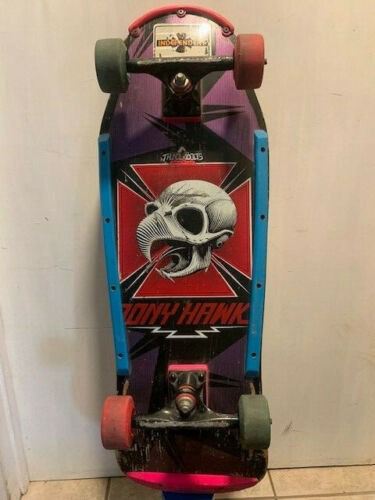
There are some vintage brands that you may not find very often, but you need to keep your eyes open because they skyrocket in value. Powell Peralta is one of them.
In 1976, George Powell and Stacy Peralta started manufacturing skateboards under the name Powell Peralta. These old-school skateboards were an important part of the 80s skateboard movement. While every other company was on its toes during the decline of the sport, Powell Peralta kept making what they were best at–Skateboards.
And soon, in the 80s, they got some serious traction with their stunning skateboards and dope graphics. The company was also strengthened by the presence of Bones Brigade, a famous team of six teenage skateboarders in the 1980s.
It was a star team nurtured from amateur to professional by George Powell himself. The team featured Tony Hawk, Rodney Mullen, Lance Mountain, Steve Caballero, Mike McGill, and Tommy Guerrero. Kids all over America were greatly influenced to skateboarding by this crew.
Then in 1991, Stacy Peralta decided to leave the company and pursue his film career while George Peralta continued to manufacture skateboards. Later, they reunited and started making skateboards together again under the name Powell Classic.
2. Santa Cruz
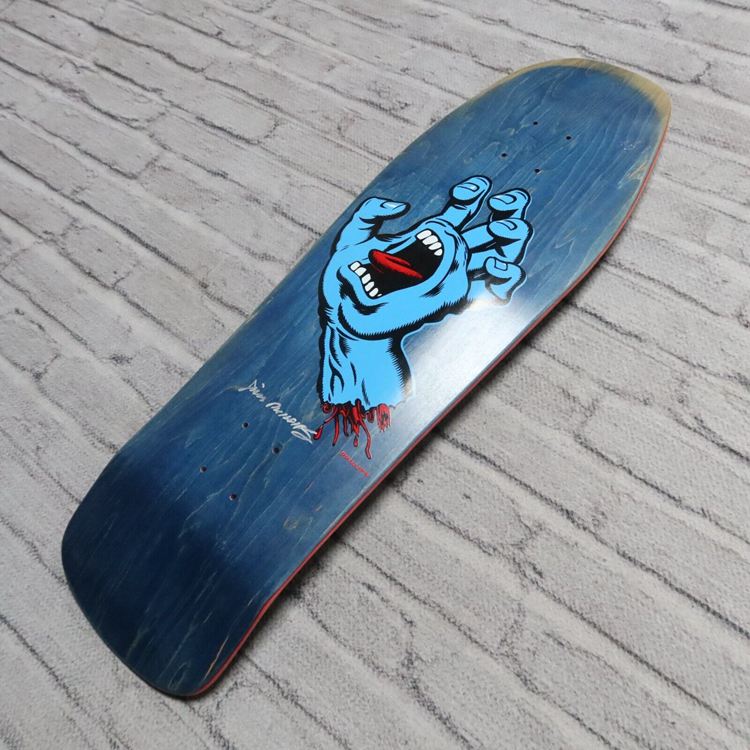
Isn’t the Santa Cruz screaming hand logo iconic enough to leave us in awe? Being one of the oldest continuous skateboarding brands, Santa Cruz made its first board in 1973. Recently, the brand also celebrated its 40 years of serving the sport.
It is a brand famous on international levels. And not to mention, it has been through all sorts of skateboarding phases, and over time, Santa Cruz sits on top with its unique range of boards made with various materials and styles.
But its success story starts with the introduction of Road Rider wheels. In 1974, Anthony Roderick approached Santa Cruz with the idea of the first-ever precision bearing and urethane wheel. Next, instantly Road Rider wheels took the world by storm, replacing the old ball bearings and clay and steel wheels.
The brand has some famous vintage boards worth collecting. For instance, Rob Roskopp’s board from the 1980s, one of the earliest skaters for the Santa Cruz, is the cornerstone design of the brand.
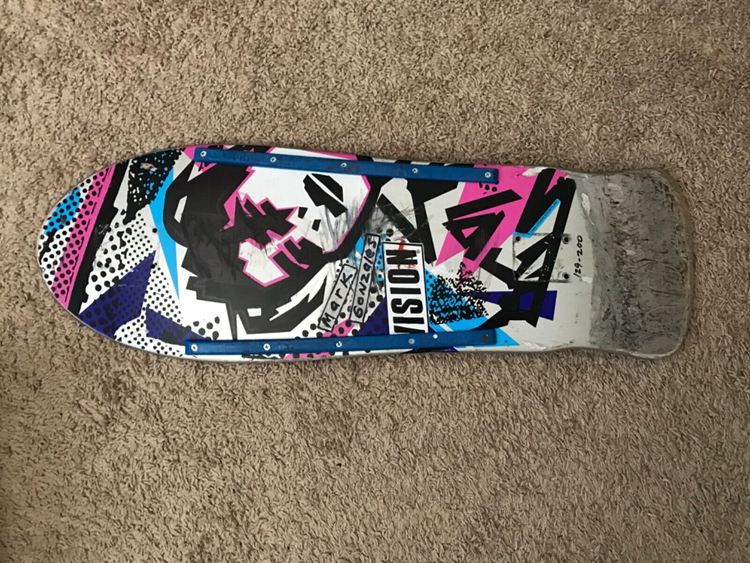
3. Vision Skateboards
Not long after forming Vision Street Wear, Brad Dorfman founded Vision Skateboards in 1978. Mark Gonzales, known as the Godfather of modern street skateboarding, was an influential personality in the world of skateboarding. Vision featured him and released many Mark Gonzales designs and graphics skateboards.
Moreover, Vision’s unique theme is a thing to flaunt. Their decks come in a full range of 80’s Fluro colors and mostly have psychedelic prints and graphics. Also, to meet the never-ending demand of old Psycho Stick and Gonz decks from the 1980s, Vision reissued these decks with better advancements.
Overall, the brand tasted success. Brad Dorfman started from selling boards in his car to owning companies with over 700 employees and an annual gross of more than $60 million.
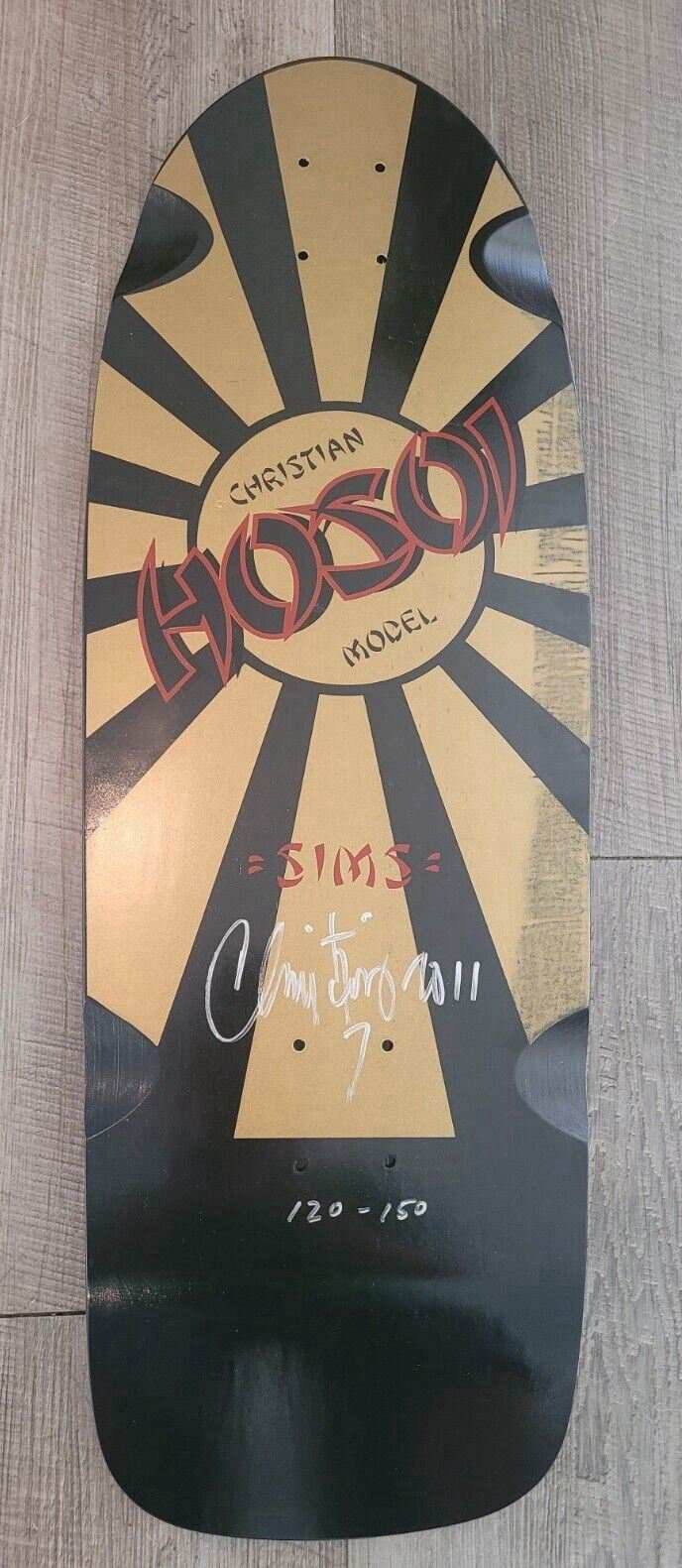
4. Hosoi
In 1984, Christian Hosoi founded an old-school skateboard brand, Hosoi, and produced some of the finest and most elegant-looking skateboards and decks. His designs often feature a rising sun graphic that pays homage to his part Japanese heritage.
The founder of Hosoi was himself a professional skateboarder having one of the smoothest vert styles around. His skateboards are no less than that!
While maintaining the old-school design, Hosoi skateboards are famous for their ability to perform technical tricks like vert style, for instance. This trick requires immense control, and the hammerhead shape Hosoi innovated offers just that – better surface gripping.
Also worth mentioning, the new Hosoi hammerhead decks with features like concave and double kicks offer the original as well as the modified versions of old-school style. When pairing wheels with the Hosoi’s deck, their high rebound formula with an asymmetrical conical shape for additional riding control comes into our consideration too.
Due to their continuous picture-perfect productions and active consciousness of what people want, the brand is still booming.
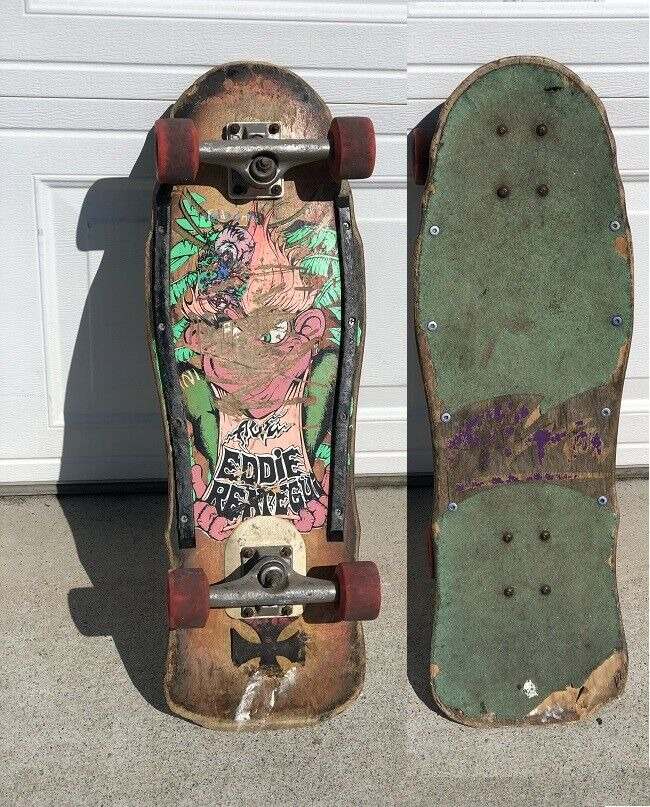
5. Alva Skateboards
After rejecting major skate companies, Tony Alva, at the age of 19, started his own company in 1977. He was one of the earliest to introduce layered Canadian maple ply decks. On top of that, he had some dope retro skateboard designs and some super wide decks hitting 11 inches.
Over the years, Alva has produced a wide range of quality decks and also reissued many of their old-school boards. Many brands tried to copy their design, but Alva skateboards are simply out of this world!
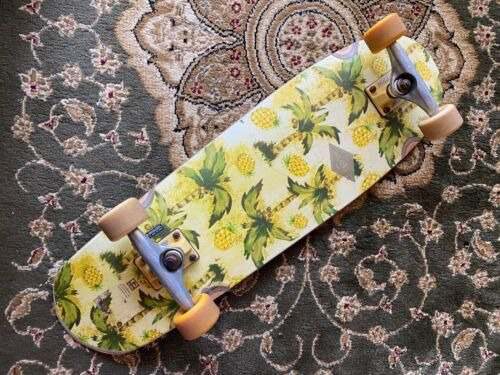
6. Globe Skateboards
Globe skateboards, founded in 1985, was one of the pioneers that brought the craze of skateboarding to countries like Australia and New Zealand in the 80s. Today, it continues to be one of the largest distributors of skateboards in the whole world.
The company was founded by three brothers, Peter and Stephen Hill, who are OZ skateboarding champions, alongside Matt Hill–the current CEO. Moreover, the company is taking assistance from Rodney Mullen in the production practices of skateboards and trucks.
No wonder how they are producing some wicked cruisers and some all-around quality gear.
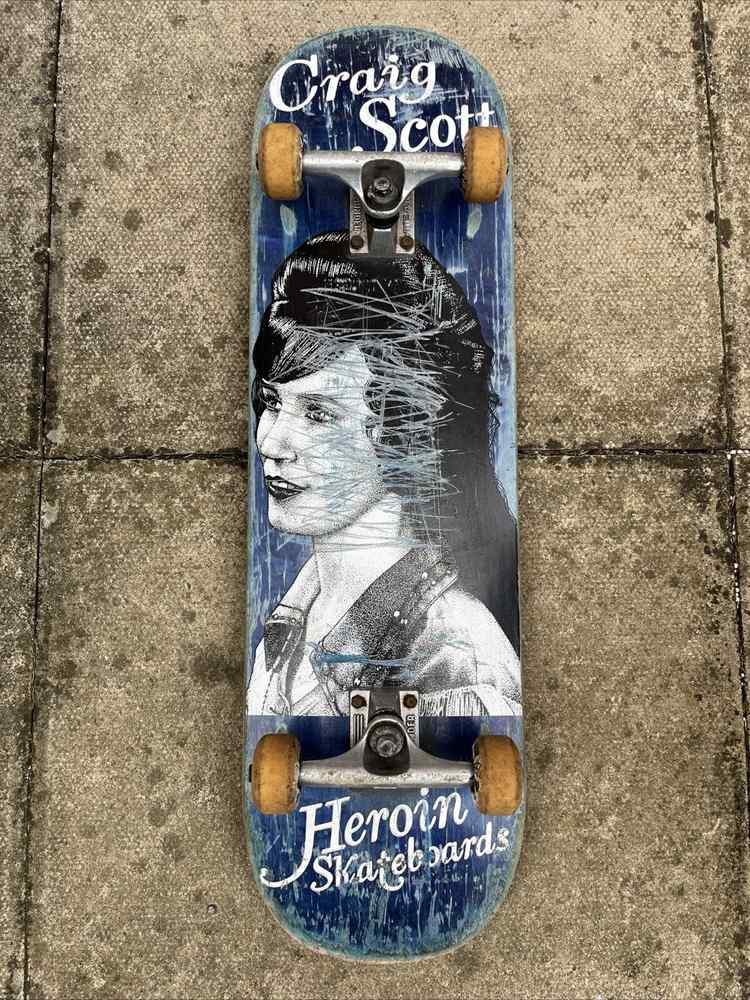
7. Heroin Skateboards
Heroin Skateboards is a UK-based brand founded in 1989. Their visuals are a mix of grunge and retro designs, with bright colors and unique artwork. They have decks and wheels that scream quality and durability.
Given that Baker Skateboards recently acquired Heroin, we can anticipate further growth for this company over the coming ten years.
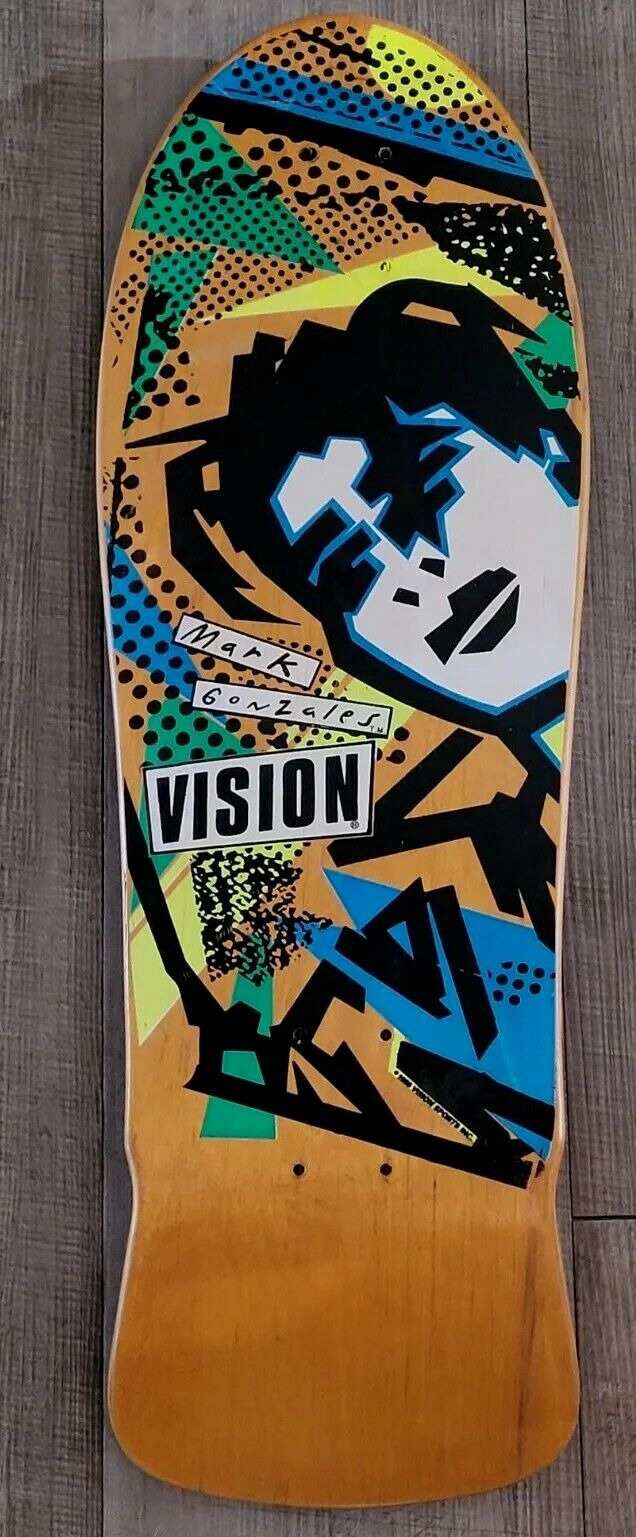
8. Blind Skateboards
After being featured in Vision Skateboards, Mark Gonzales also started his brand in 1988 under Steve Rocco’s World Industries distribution company. However, he left the company, and now all the production runs under the Dwindle distribution.
The Blind Skateboards specializes in making affordable, high-quality decks and completes, and their boards often feature a cartoonish grim reaper. For youngsters, they have a fair range of 7.5 decks.
Conclusion
With an enriched history and culture, skateboards have been around for some time. The sport evolved from the 1920s scooter skates to 1940s skeeters, and then Roller Derby skates took over the market by storm.
If you are a vintage skateboard collector looking to add highly valuable boards, you have to consider the following features of the board:
- Rareness
- Age
- Craftsmanship
- Provenance and history
- Brand
There are many valuable and cool vintage skateboards out there. My favorite one is the Powell Peralta Tony Hawk edition. Do let us know about yours in the comments below!
